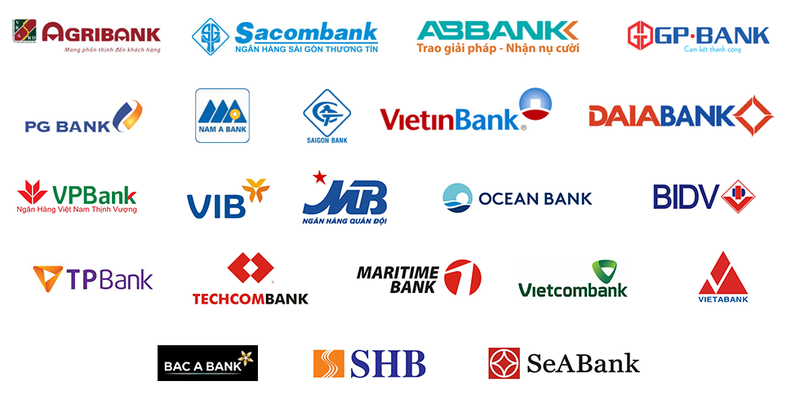Vietnamese banks' performance improves with economic recovery
 |
| Things have started looking up for Vietnamese banks in the third quarter |
Vietnam's GDP growth accelerated to 2.6 per cent on-year in the third quarter, compared to 0.36 per cent in the second quarter. Moreover, the job market is on the mend after the coronavirus-induced economic shock.
“We expect the economy to continue to recover, helped by well-controlled local coronavirus infection rates. This bodes well for borrowers' debt-servicing capacity, and underpins the banking system's profitability in the near term,” Fitch noted.
The problem-loan formation rate has declined since the second quarter and Fitch expects reported asset-quality metrics to continue to benefit from regulatory relief on loan classification for pandemic-affected exposures – which is likely to remain in effect until late into the second half of 2021.
“Nevertheless, we look beyond purely non-performing loan (NPL) metrics when assessing the banks' asset quality. Banks have also booked higher credit provisions in the first nine months to reflect higher asset-quality stress. Better operating-cost control has mitigated these provisions to buttress profitability so far,” Fitch added.
Accordingly, the ratings agency predicts earnings to recover in 2021 with lower impairment charges and a sustained recovery in loan growth. Yet this will partially be offset by continued compression in net interest margins, which is likely to be more pronounced among the state-owned banks.
Capitalisation for Vietnamese banks remains thin for the given risks in the local operating environment. Nevertheless, the recovery in economic activity and banks' profitability should generate sufficient retained earnings to support near-term growth to keep capital ratios stable.
What the stars mean:
★ Poor ★ ★ Promising ★★★ Good ★★★★ Very good ★★★★★ Exceptional
Related Contents
Latest News
More News
- PM orders investment model for North–South high-speed rail (December 22, 2025 | 17:43)
- First members of Danang International Finance Centre revealed (December 22, 2025 | 17:39)
- Securing capital and efficiency for Vietnam’s 2026-2030 growth ambitions (December 17, 2025 | 10:00)
- Driving double-digit growth through green and circular transformation in Vietnam (December 17, 2025 | 09:00)
- Vietnam bucking trend in the global M&A landscape (December 16, 2025 | 14:20)
- Vietnam’s green transition demands collective financial action (December 15, 2025 | 12:00)
- VIR workshop highlights capital and policy for sustainable development (December 15, 2025 | 11:00)
- National Assembly approves pilot mechanisms to accelerate major projects in Hanoi (December 12, 2025 | 11:29)
- Vietnam eases policy approval requirements, simplifies foreign and outbound investments (December 11, 2025 | 17:53)
- Unpacking new momentum in Vietnam’s M&A market (December 10, 2025 | 09:59)

 Tag:
Tag:



























 Mobile Version
Mobile Version